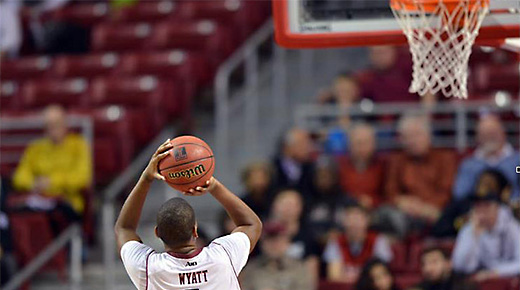Some 20 years ago, my colleague Chau Tran and I developed a way to simulate the trajectories of millions of basketballs on the computer.
|
ADVERTISEMENT |
We went to the coaches and assistant coaches at North Carolina State University, where we are based, and told them we had this uncommon ability to study basketball shots very carefully.
Their first question was simple: “What’s the best free throw?” Should the shooter aim toward the front of the hoop or the back? Does it depend on whether the shooter is short or tall?
Math offers a unique perspective. It speeds up the amount of time it takes to see the patterns behind the best shots. For the most part, we discovered things that the players and coaches already knew—but every so often, we came across a new insight.
Simulating millions of shots
From a mathematical viewpoint, basketball is a game of trajectories. These trajectories are unique in that the ball’s motion doesn’t change much when it’s flying through the air, but then rapidly changes over milliseconds when the ball collides with the hoop or the backboard.
…

Add new comment